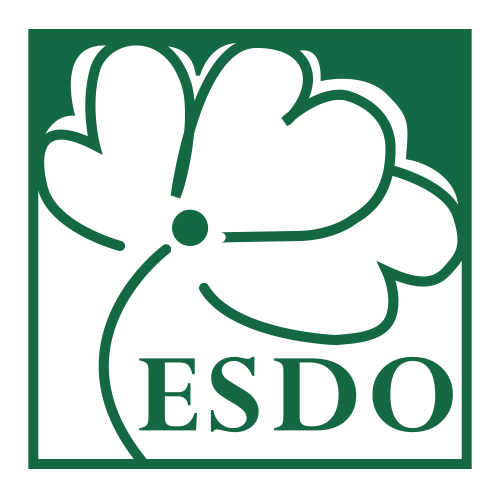Dhaka, 8 June, 2017: Communities in Bangladesh stand to lose 8 to 144 million taka in earning potential every year due to mercury contamination, according to a new study published in The Journal of Environmental Management.1 The report is the first peer-reviewed analysis to estimate economic losses due to IQ damage from mercury pollution in Bangladesh and 14 other countries. The study evaluated mercury concentrations in hair samples from 236 participants from 17 sites in 15 countries. These study findings were disclosed through a press conference arranged by Environment and Social Development Organization-ESDO in association with IPEN and BRI on 8 June, 2017 at ESDO head office, Lalmatia, Dhaka.
Researchers from Environment and Social Development Organization-ESDO, a non-government organization of Bangladesh contributed to the global study, collecting hair samples from participants living in Dhaka, which has a hazardous waste landfill and high capacity cement kilns, sources specifically named in the Minamata Convention on Mercury, which obligates governments to take actions to minimize and eliminate mercury pollution to protect human health and the environment. The landfill is situated close to a river and residential area and contains a mixture of industrial, medical and municipal waste. The cement kilns are also located along a river with a combined production capacity of 7400 metric tons per day.
“This study gives us just a small sample of the extent of the damage that is happening throughout similar sites in Bangladesh. The high cost of mercury contamination should trigger actions to address pollution sources in our country.” says Dr. Shahriar Hossain, Secretary General of ESDO. “The Minamata Convention needs to be ratified and fully implemented to prevent lost earning potential Dhaka and other communities in the Bangladesh. On May 18th, the Convention reached the 50-country ratification milestone and will become international law August 16th.’’
“Government initiatives to hasten the ratification and implementation of Minamata convention has become an urge,’’ says Syed Marghub Murshed, Chairperson of ESDO.
Mercury levels in hair from participants in the Dhaka area ranged from 0.20 parts per million (ppm) to 2.68 ppm. More than one fifth of the participants had levels greater than a 0.58 ppm standard, the reference dose that has been proposed in light of data suggesting harmful effects of mercury at low levels of exposure.
Mercury exposure damages the nervous system, kidneys, and cardiovascular system. Developing organ systems, such as the fetal nervous system, are the most sensitive the toxic effects of mercury, although nearly all organs are vulnerable. Human exposure to mercury occurs primarily through the consumption of contaminated fish, although rice and direct exposure to mercury vapor can also be sources.
References
1Trasande L, DiGangi J, Evers D, Petrlik J, Buck D, Samanek J, Beeler B, Turnquist MA, Regan K (2016) Economic implications of mercury exposure in the context of the global mercury treaty: hair mercury levels and estimated lost economic productivity in selected developing countries, Journal of Environmental Management 183:229 – 235, doi: 10.1016/j.jenvman.2016.08.058 http://www.ncbi.nlm.nih.gov/pubmed/27594689
2Daily intake below the Reference Dose is assumed to be without appreciable risk of harmful effects during a lifetime.
Hair samples for the study were collected through a standardized hair sampling protocol by public interest organizations in the IPEN network in participating countries. Biodiversity Research Institute (BRI) Mercury Laboratory provided the analysis of the samples.
Environment and Social Development Organization-ESDO is an independent and non-profit research and public policy lobbying organization dedicated to the conservation of bio-diversity, toxic free world through working to achieve environmental and social justice since 1990. The mission of ESDO is to promote and encourage an environmental movement through a participatory democratic framework involving diverse social groups, and to assist them with ideas, information, and leadership for promoting a safe and sustainable environment.
IPEN is a network of non-government organizations working in more than 100 countries to reduce and eliminate the harm to human health and the environment from toxic chemicals.
Biodiversity Research Institute (BRI) is a nonprofit ecological research group whose mission is to assess emerging threats to wildlife and ecosystems through collaborative research, and to use scientific findings to advance environmental awareness and inform decision makers.
For More information:
Dr. Shahriar Hossain
Secretary General, ESDO
Cell Phone: +880-1711545066
E-mail: shahriar25@gmail.com
